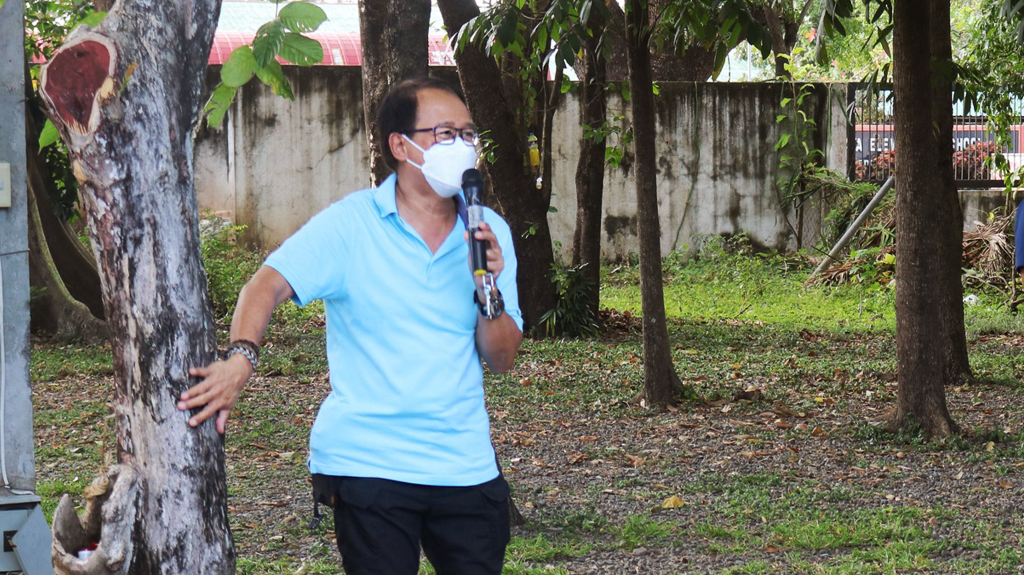
An arboretum has been continuously maintained for three decades in PhilRice central experiment station (CES) with an aim to raise public awareness on biodiversity and ecological practices.
Established in 1991, PhilRice CES maintains a 16-ha land area devoted to the protection of 71 tree species, the majority being native species.
“The rich tapestry here is a testament to the Institute’s commitment to building livable, sustainable public spaces for generations even before we were given an ISO certification,” Arch. Renato Bajit, head of the Physical Plant Division, said. He led the creation of the woodland with Dr. Santiago Obien, first PhilRice executive director.
Executive Director John de Leon continues to support and uphold this commitment for conservation, ensuring its continuity and further efforts in preserving biodiversity.
Protected trees include Narra (Pterocarpus indicus), Molave (Vitex parviflora), Kamagong (Diospyros blancoi) and Bitaog (Calophyllum inophyllum), which were planted for their ecological significance as native species.
Planted in 2005, Bitaog is a historical connection to the country’s richness of fauna as it is a descendant of the Centennial tree discovered in Magallanes, Agusan del Norte.
The parent tree in Agusan is officially recognized as the country’s oldest tree and served as a navigational marker for the explorer Ferdinand Magellan upon his arrival in Agusan, according to local folklore.
As birds and bees are important in maintaining biodiversity, flowering trees including the Palawan cherry blossom (Cassia nodosa), Fire tree (Delonix regia), Banaba (Lagerstroemia speciosa L), and Siar (Peltophorum pterocarpum) were also planted in the botanical haven.
“The selection and placement of trees within the PhilRice Arboretum go far beyond mere aesthetics. They are carefully selected and placed to enhance the ecological balance and blend seamlessly with the Institute’s buildings. Planting trees on our grounds is not a random act,” Bajit said.
A significant number of trees within the Institute have been planted by staffers through tree planting activities.
Within CES, besides the arboretum, is a bamboo park that serves as a venue for activities.
Branch stations also play an integral role in the practice of environmental conservation through their initiatives.
The Midsayap branch station will launch their arboretum for their 35th anniversary. The Negros branch station also contributes to the cause by hosting an annual tree planting activity within their grounds.




